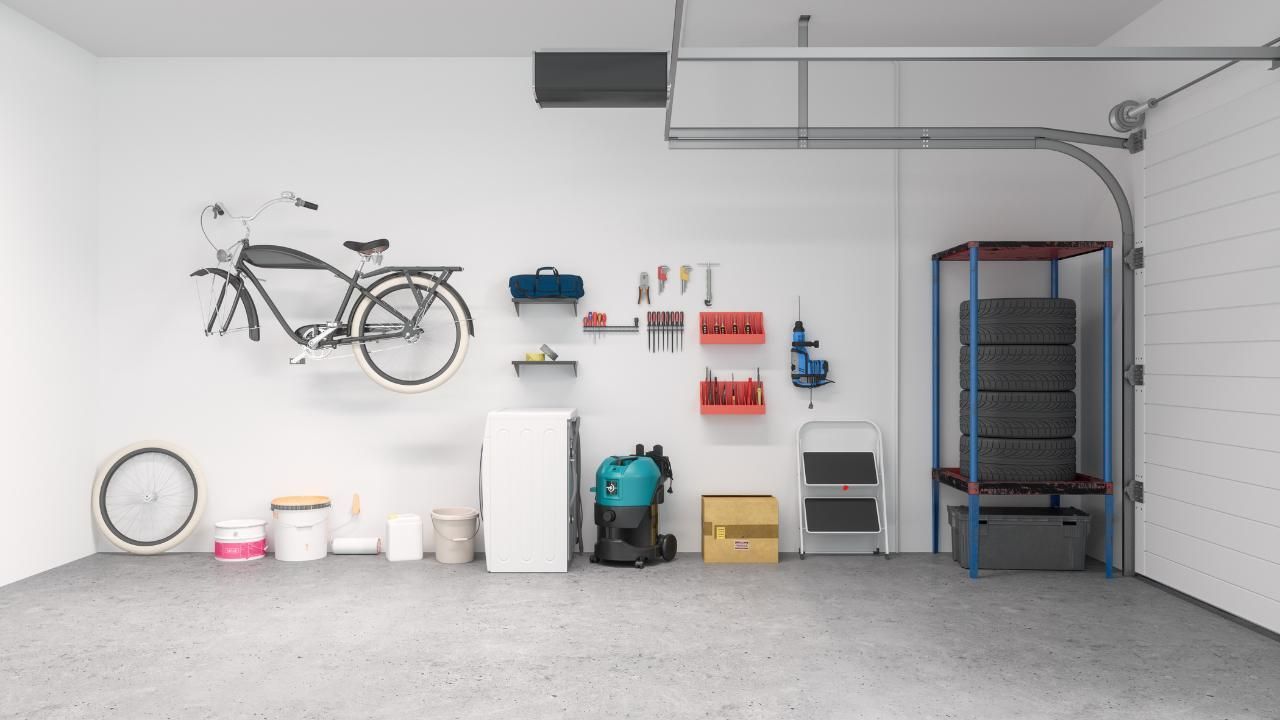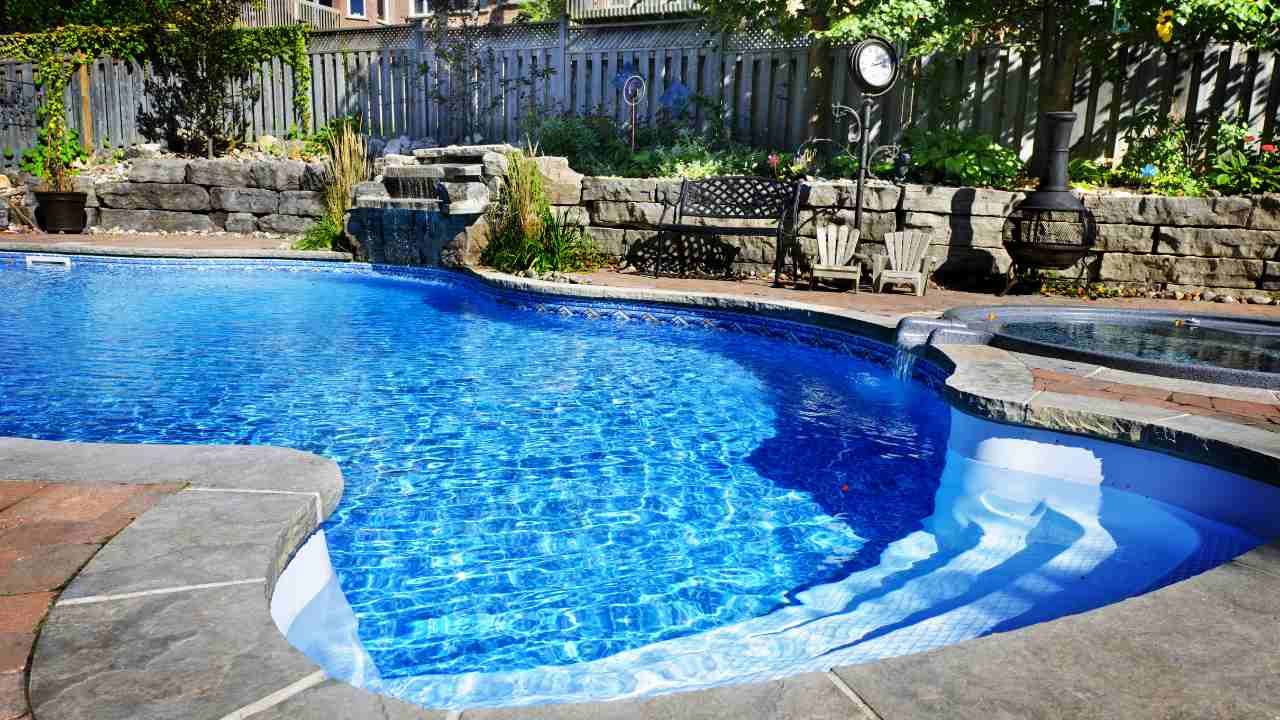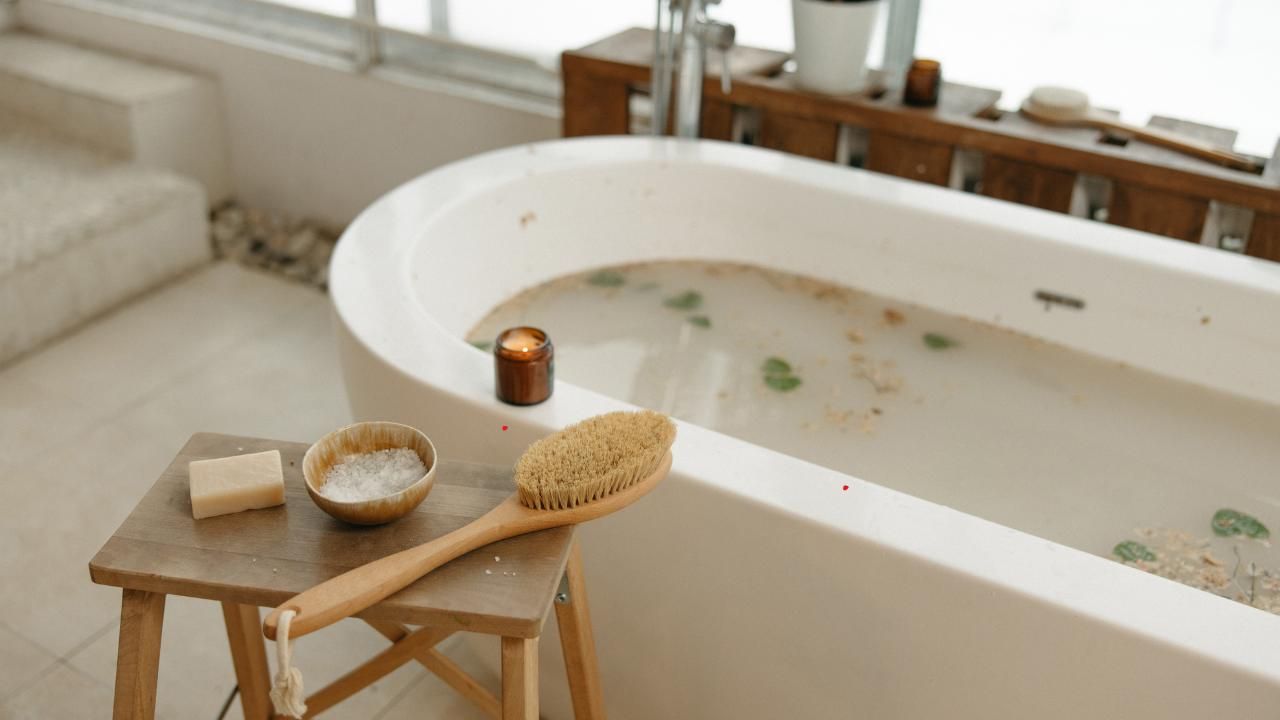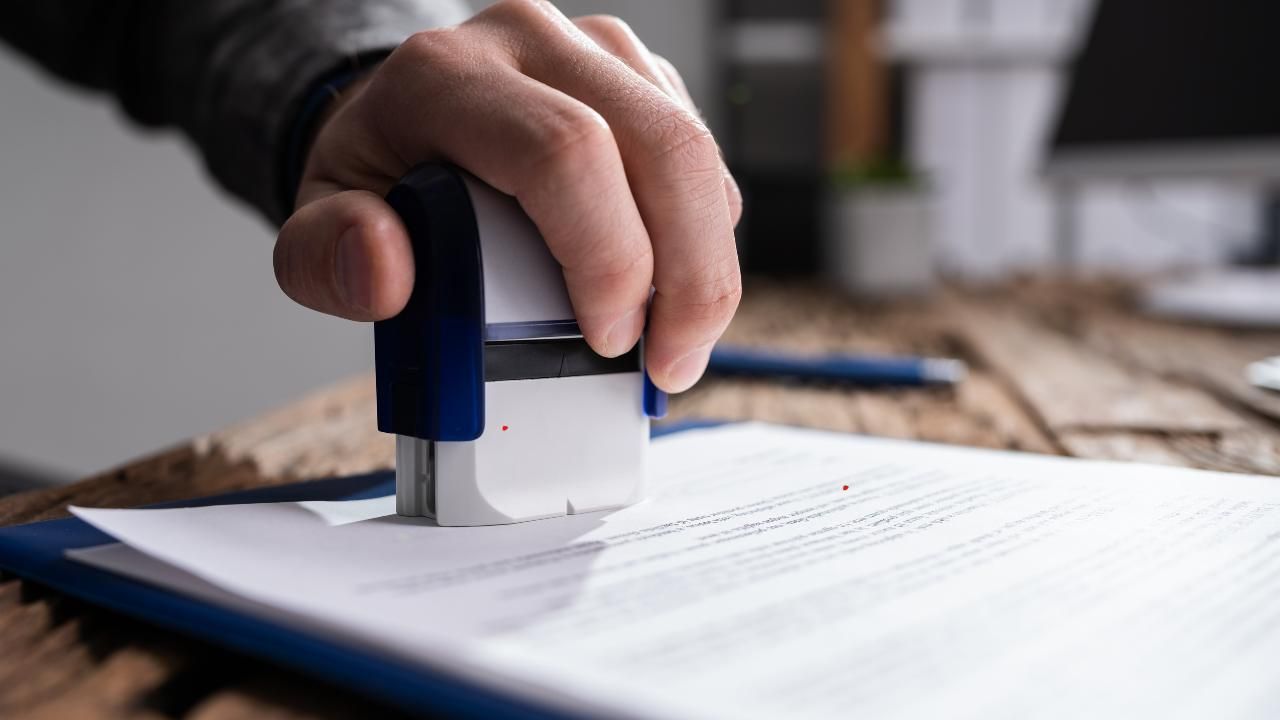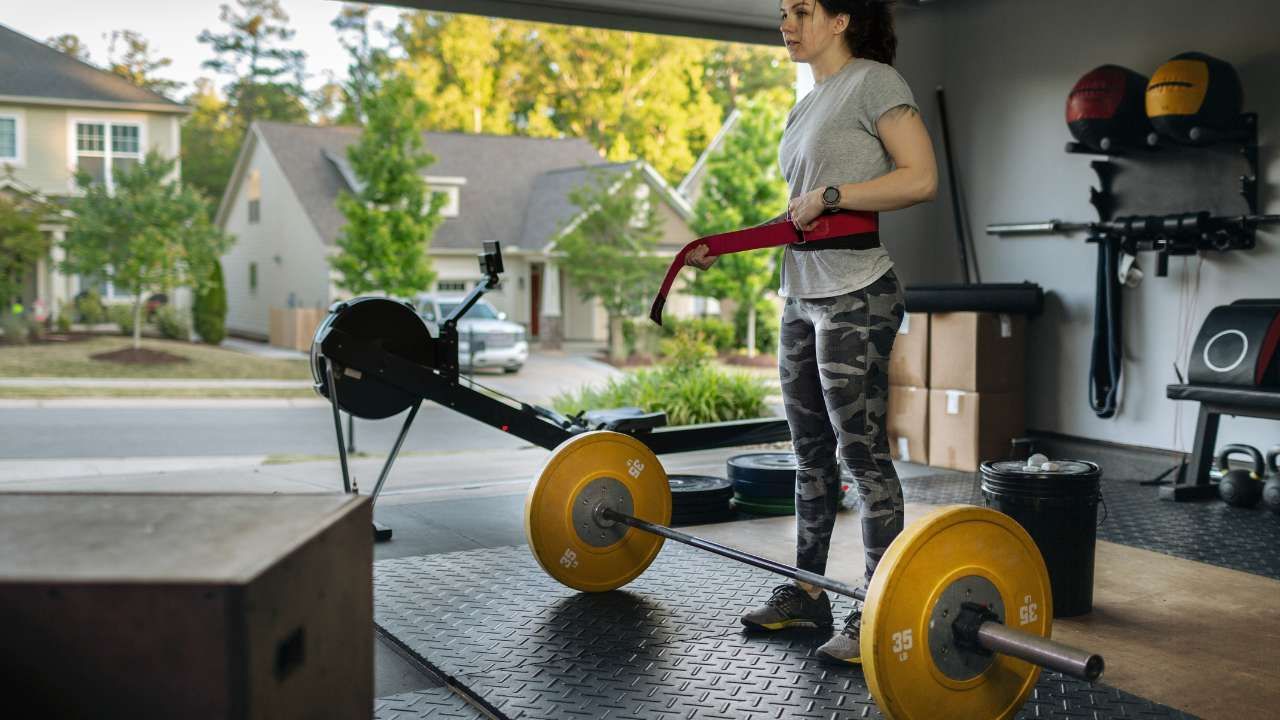Heated Flooring Systems: Are They Worth the Investment?
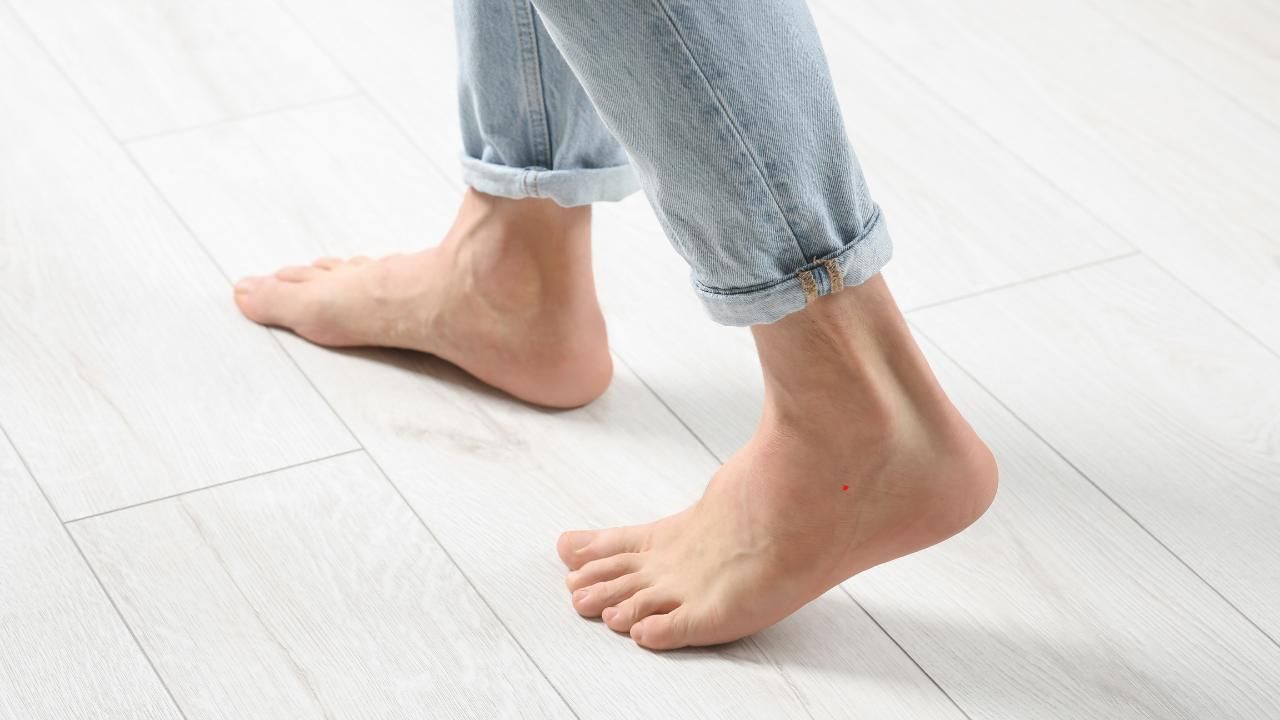
There’s something undeniably comforting about stepping onto a warm floor on a cold morning. Heated flooring systems, once considered a luxury, are becoming an increasingly popular feature in modern homes. But are they truly worth the investment? For homeowners exploring upgrades with home renovation contractors in Gwinnett County GA, heated floors might be more practical than you think.
In this blog, we’ll break down what heated flooring is, its benefits, potential drawbacks, and whether it makes financial and functional sense for your next remodel.
What Is Heated Flooring?
Heated flooring—also known as radiant floor heating—uses electric coils or water-filled tubes installed beneath the floor surface to warm up a room from the ground up. There are two main types:
- Electric Systems: Best for smaller areas like bathrooms. These systems are easier to install but can cost more to operate.
- Hydronic Systems: Use hot water through pipes and are typically installed in larger spaces or during major renovations. They're more efficient long-term but costlier to set up.
This underfloor heat creates an even warmth across the space, unlike forced-air systems that often leave cold spots or stir up allergens.
Key Benefits of Heated Floors
If you’re considering radiant flooring, here are a few compelling reasons why it might be worth the upgrade:
- Enhanced Comfort: The cozy feeling of warm floors can drastically improve your day-to-day comfort, especially in tile-heavy rooms like bathrooms and kitchens.
- Energy Efficiency: Because heat rises, radiant systems often use less energy than traditional forced-air systems to heat a space evenly.
- Silent Operation: No clunky vents or noisy blowers—just quiet, invisible warmth.
- Cleaner Air: Unlike ducts that push dust and allergens around, radiant systems offer a more allergy-friendly alternative.
- Long-Term Appeal: Heated floors are seen as a luxury upgrade, which could increase your home's resale value—especially in colder regions or higher-end markets.
Potential Drawbacks to Consider
Of course, heated flooring isn’t without its downsides. It’s important to weigh the full picture before investing:
- Installation Cost: Installing radiant heat, especially hydronic systems, can be expensive. It typically requires removing existing flooring, which adds labor and materials costs.
- Time-Intensive Install: Because floors must be removed and rebuilt, installation can take several days—best done during a larger renovation.
- Not Ideal for Every Room: Heated flooring is great for bathrooms, kitchens, or basements, but may not be necessary for bedrooms or living areas that already stay warm.
Case Study: Turning Cold Tile Into Cozy Luxury
A couple in Lawrenceville, GA hired Trimelogic LLC to remodel their master bathroom. As part of the upgrade, they opted for an electric heated flooring system beneath the new porcelain tiles. While the upfront cost added about 10% to their total budget, they reported it was their favorite feature of the renovation. Mornings became more comfortable, and the space felt spa-like year-round—proving that the added luxury was more than just a gimmick. With Gwinnett County GA home renovation services like this, it’s no surprise more homeowners are opting in.
So, Is It Worth It?
In short—yes, but it depends on your goals.
Heated flooring systems are especially worth the investment if:
- You’re already replacing flooring as part of a remodel
- You live in a colder climate or have specific rooms that always feel chilly
- You’re looking for long-term comfort and energy savings
However, if you’re on a tight budget or just seeking cosmetic updates, it may be better to focus your dollars elsewhere.
Still, for many homeowners working with experienced home remodeling contractors, radiant heat can be that extra detail that turns a good renovation into a great one.
Ready to Warm Up Your Space?
Looking to bring the cozy comfort of heated flooring into your home? Reach out to professionals like Trimelogic LLC to explore your options and make the most of your next remodel.




